Art and architecture unite in new works by Cyprien Gaillard at London’s Sprueth Magers
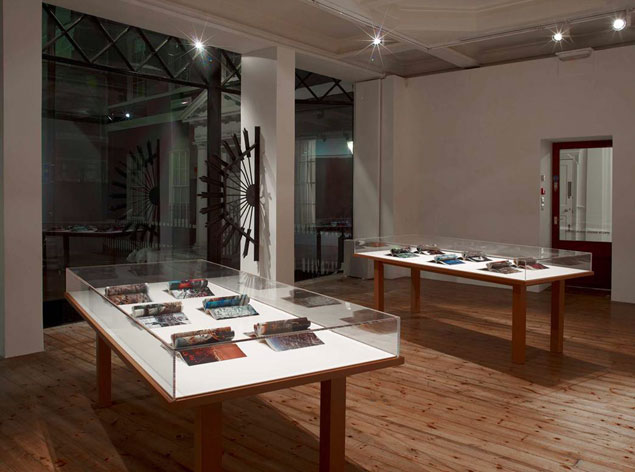
The collision of art, architecture, longing and loss is never more pertinent than in the new exhibition of work by Cyprien Gaillard at the Sprueth Magers gallery in London. The French-born, Berlin-based Gaillard has made a name for himself chronicling what he calls the 'beauty of failure', finding objects that have a lingering folk memory of a particular time or place, re-imagining the casually discarded detritus of modern life.
Gaillard's work is shown alongside a selection of Morris Louis' Color Field paintings, chromatically rich images from the early days of American abstraction that seem to tally with his own collages, abstractions and repurposings. Gaillard has also used the late American artist's life as a jumping off point for his work, creating rubbings of manhole covers from Louis' home city of Baltimore, then blending the results with covers from Washington, creating a strange, ad-hoc fusion of different times and spaces.
'Fence (after Owen Luder)' is the exhibition's centrepiece, a fragment of a once mighty concrete icon placed reverentially on a column in the gallery, crushed and abstracted by the demolition of the structure that surrounded it, the Trinity Square car park in Gateshead. For Gaillard, Luder is emblematic of the travails of post war modern architecture. The British architect's practice was unashamedly modern, yet the forms and buildings that resulted from his concrete aesthetic were frequently pilloried for being antagonistic and pugilistic, a visual affront to the existing streetscape. Where Luder and his supporters (who, it must be said, were mostly architects as well) saw idiosyncratic delight in the playful arrangement of forms, beautiful shuttering, elegant proportions and dramatic changes in scale, detractors saw rain soaked, lumpen brutalism.
Trinity Square was demolished in 2010, while one of Luder's earlier masterpieces, the fantastically complex Tricorn Centre in Portsmouth, gave way to the bulldozers in 2004. It's safe to say that Luder's lost oeuvre is still unmissed by the general population, implying that brutalism is a genre doomed to eventual obscurity. Gaillard's work embraces these contradictions between utopian modernism and failed reality, the romance of absence and the beauty they leave behind in memory.
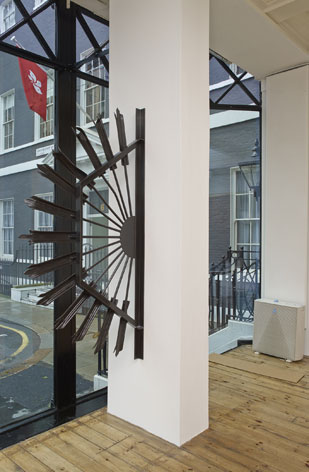
'Fence (after Owen Luder)',2013, is the exhibition's centrepiece, placed reverentially on a column in the gallery
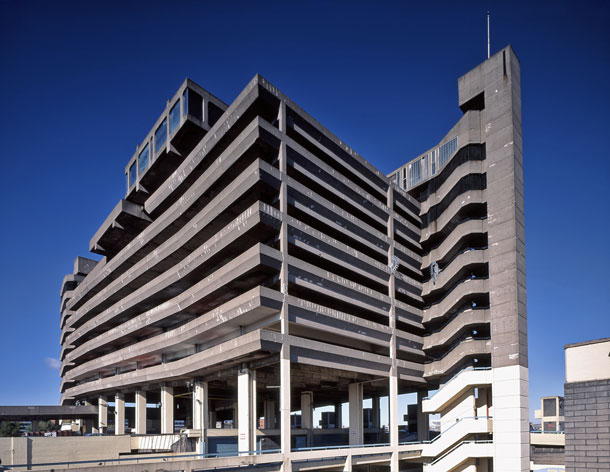
The piece is a bronze replica of a security structure that Gaillard salvaged from British architect Owen Luder's Trinity Square car park in Gateshead (pictured), which was demolished in 2010
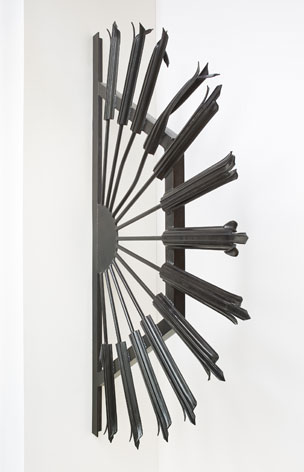
A close-up of 'Fence (after Owen Luder)'
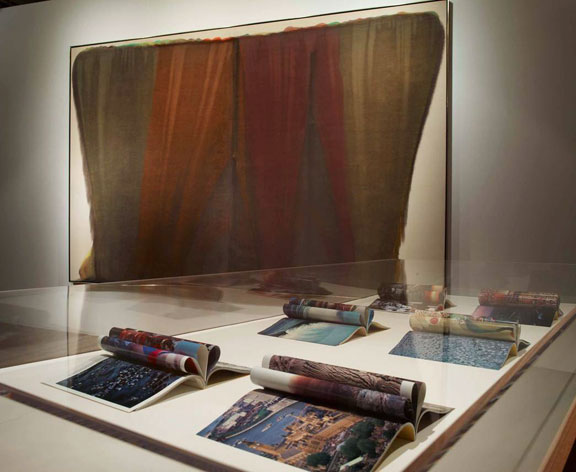
Gaillard's work is shown alongside a selection of Louis' Color Field paintings on the walls, chromatically rich images from the early days of American abstraction that seem to tally with his own collages, abstractions and repurposings (pictured in the foreground)
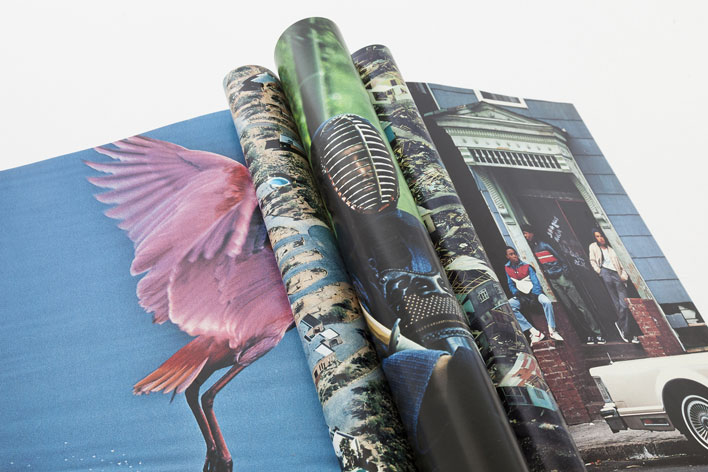
A close-up look at Gaillard's collages made from pages of reconstructed National Geographic magazines, displayed in vitrines in the centre of the gallery
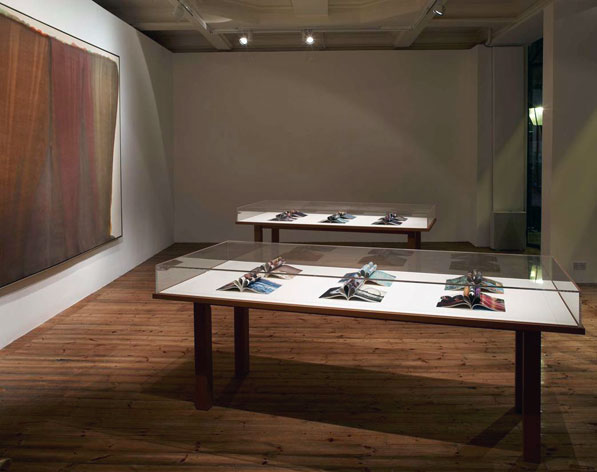
Installation view of 'From Wings to Fins'
ADDRESS
Sprueth Magers London
7A Grafton Street
London W1S 4EJ
Wallpaper* Newsletter
Receive our daily digest of inspiration, escapism and design stories from around the world direct to your inbox.
Jonathan Bell has written for Wallpaper* magazine since 1999, covering everything from architecture and transport design to books, tech and graphic design. He is now the magazine’s Transport and Technology Editor. Jonathan has written and edited 15 books, including Concept Car Design, 21st Century House, and The New Modern House. He is also the host of Wallpaper’s first podcast.
-
 All-In is the Paris-based label making full-force fashion for main character dressing
All-In is the Paris-based label making full-force fashion for main character dressingPart of our monthly Uprising series, Wallpaper* meets Benjamin Barron and Bror August Vestbø of All-In, the LVMH Prize-nominated label which bases its collections on a riotous cast of characters – real and imagined
By Orla Brennan
-
 Maserati joins forces with Giorgetti for a turbo-charged relationship
Maserati joins forces with Giorgetti for a turbo-charged relationshipAnnouncing their marriage during Milan Design Week, the brands unveiled a collection, a car and a long term commitment
By Hugo Macdonald
-
 Through an innovative new training program, Poltrona Frau aims to safeguard Italian craft
Through an innovative new training program, Poltrona Frau aims to safeguard Italian craftThe heritage furniture manufacturer is training a new generation of leather artisans
By Cristina Kiran Piotti
-
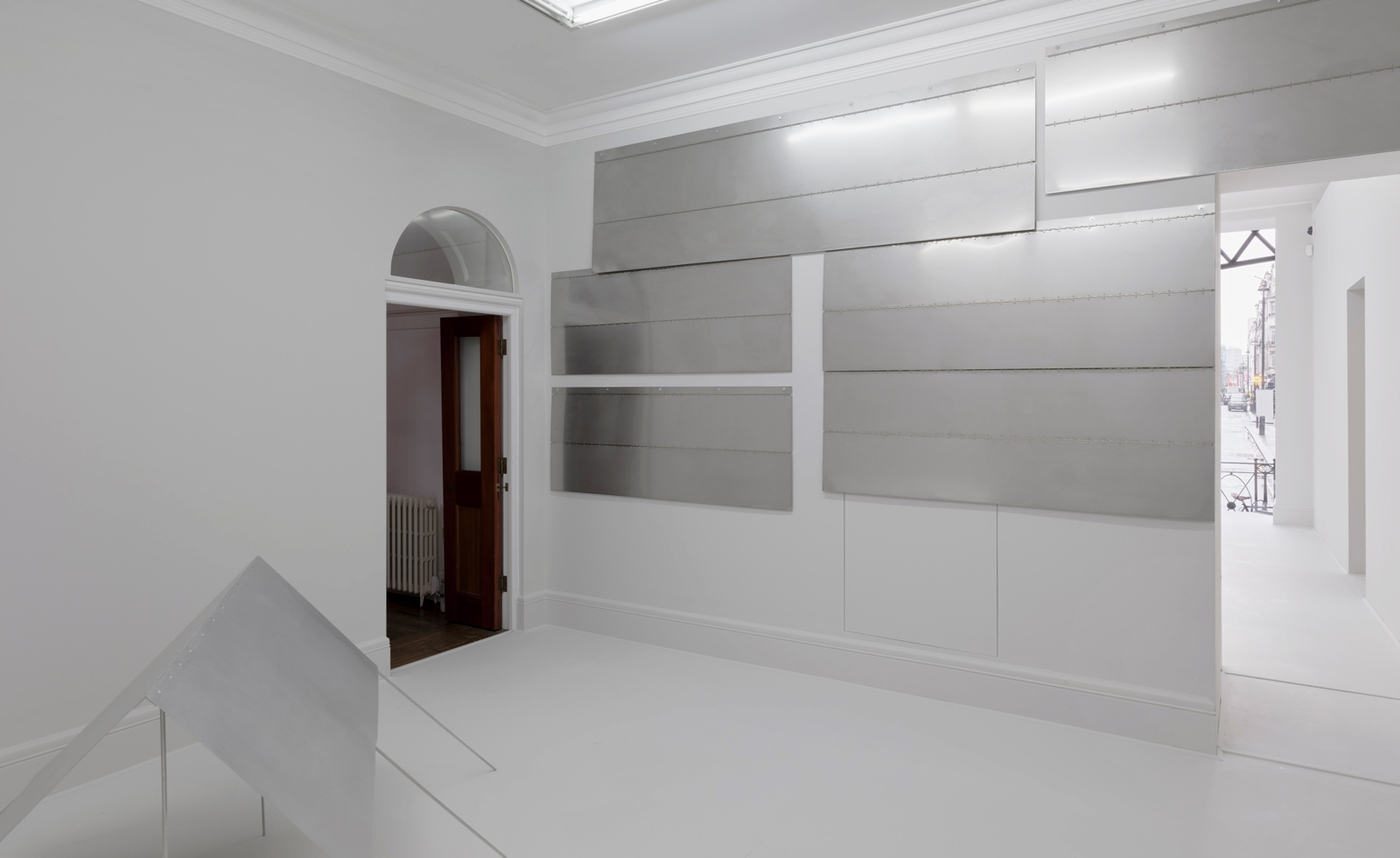 Don’t miss: Thea Djordjadze’s site-specific sculptures in London
Don’t miss: Thea Djordjadze’s site-specific sculptures in LondonThea Djordjadze’s ‘framing yours making mine’ at Sprüth Magers, London, is an exercise in restraint
By Hannah Silver
-
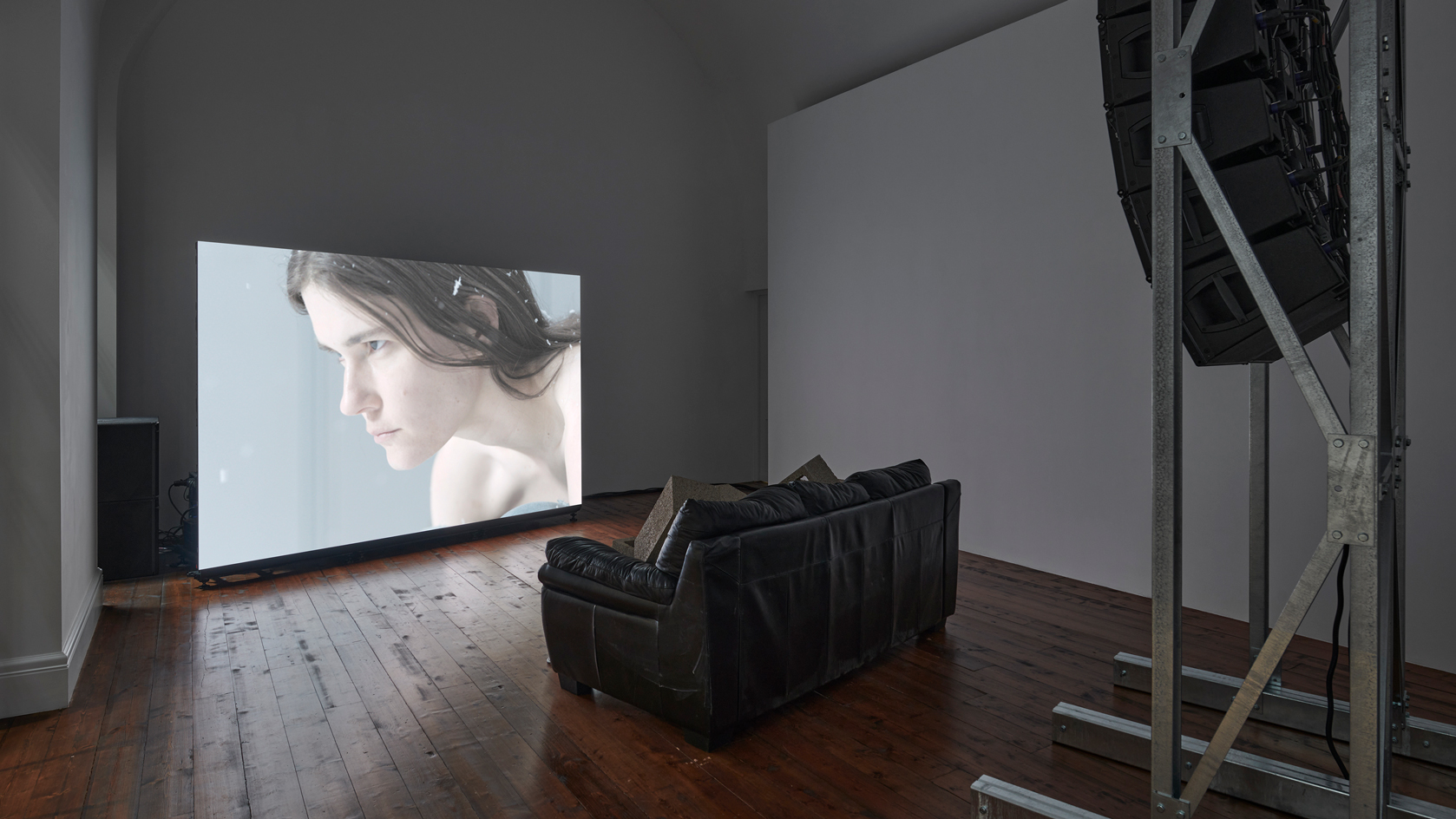 Anne Imhof ‘Avatar II’ review: a psychological thriller to make you wince and wonder
Anne Imhof ‘Avatar II’ review: a psychological thriller to make you wince and wonderGerman artist Anne Imhof’s ‘Avatar II’ exhibition at London’s Sprüth Magers is a compelling, uncanny probing of contemporary culture, reality and artifice
By Harriet Lloyd-Smith
-
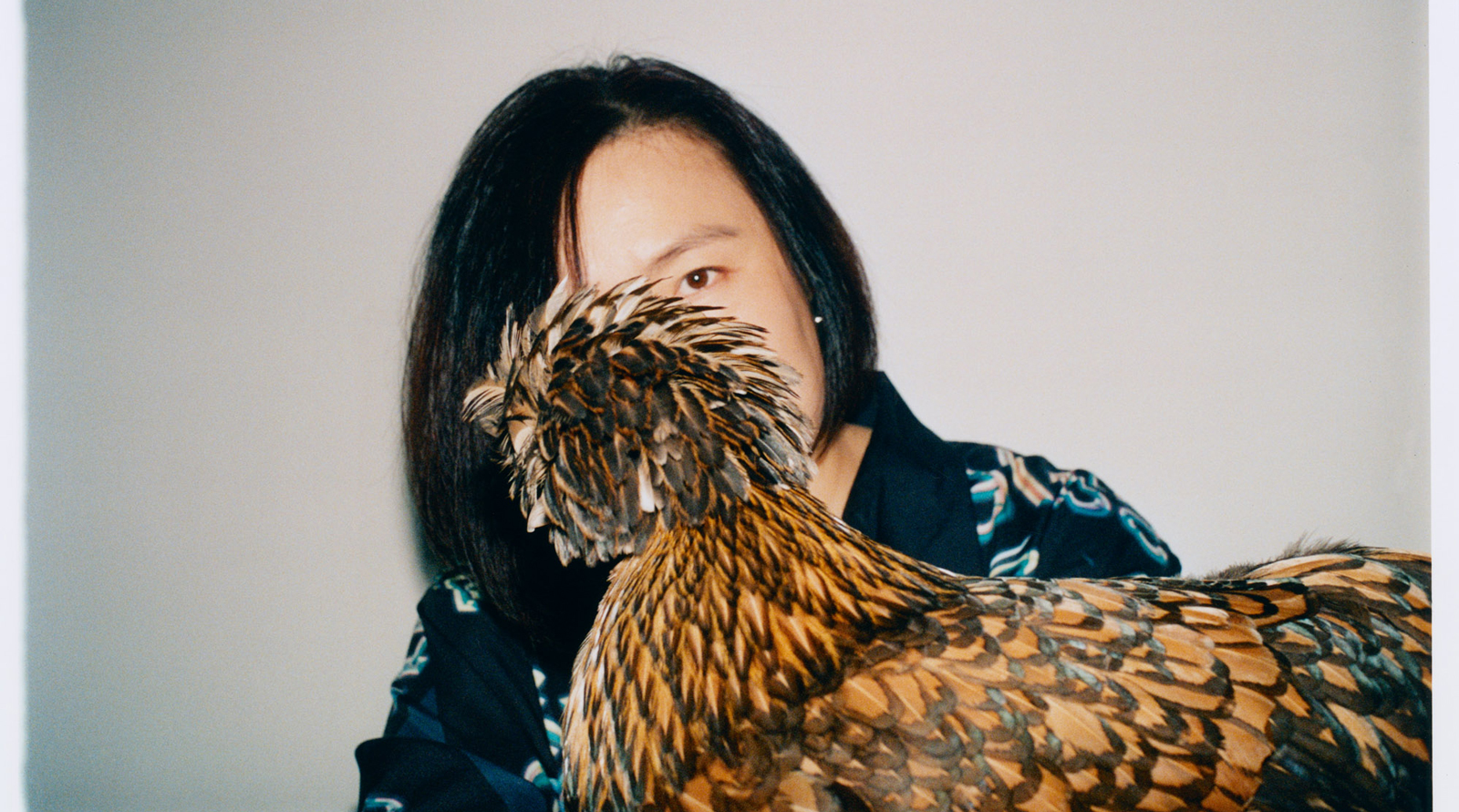 Cao Fei’s dystopian fantasies fuse art and technology
Cao Fei’s dystopian fantasies fuse art and technologyChinese artist Cao Fei’s dystopian art tackles themes such as the automation of labour, hyper-capitalism and the effect of a global pandemic. Having just completed her first major solo show in Beijing, the prolific winner of the 2021 Deutsche Börse Photography Foundation Prize is going global, with her retro-futuristic take on contemporary life now the subject of exhibitions from Los Angeles to Rome, and a 20-page portfolio for Wallpaper*
By Daven Wu
-
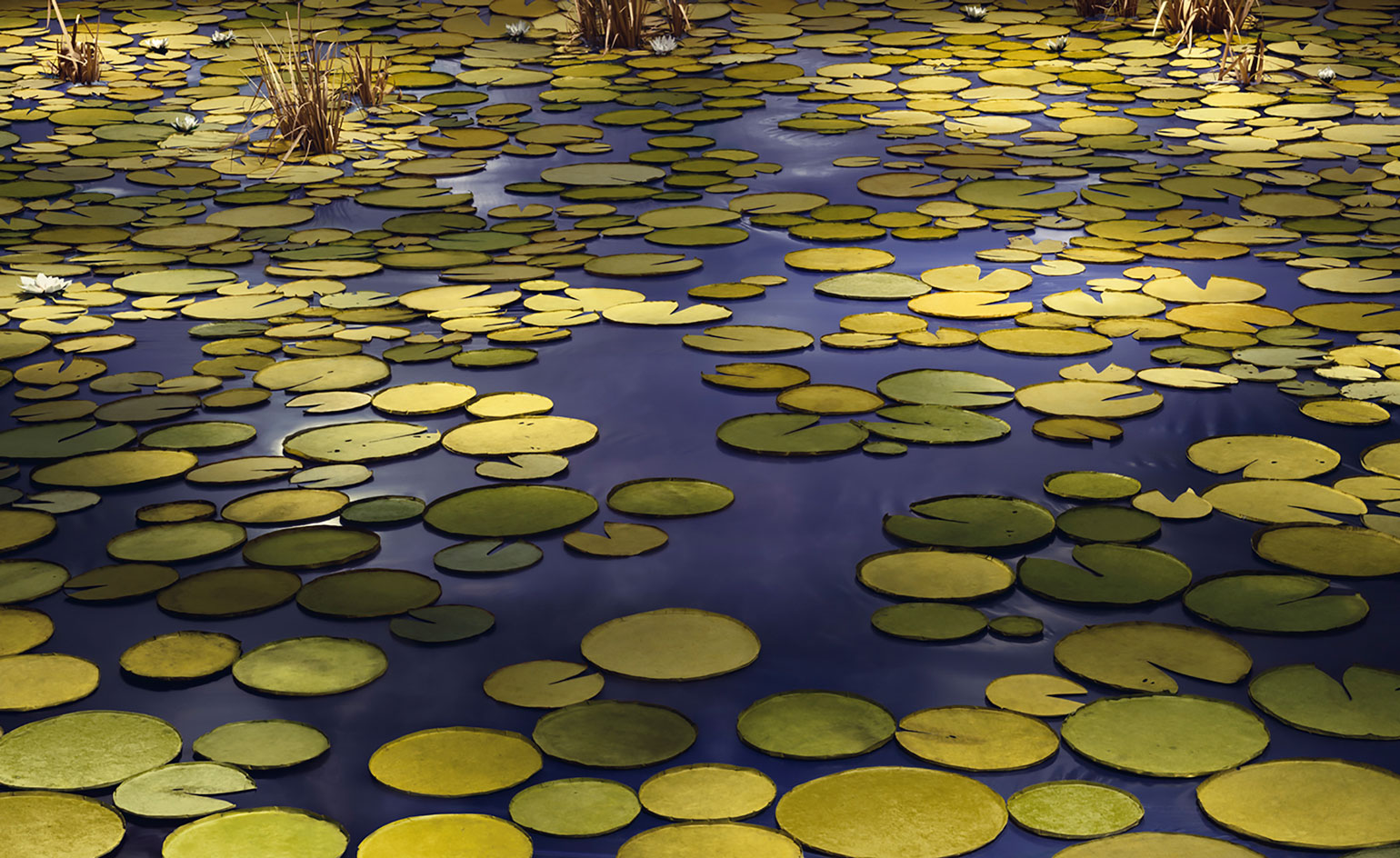 Thomas Demand: artificiality, nature and Azzedine Alaïa
Thomas Demand: artificiality, nature and Azzedine AlaïaAt Sprüth Magers London, German sculptor and photographer Thomas Demand explores the tensions between artificiality and nature, and steps inside the atelier of legendary Tunisian couturier Azzedine Alaïa
By Harriet Lloyd-Smith
-
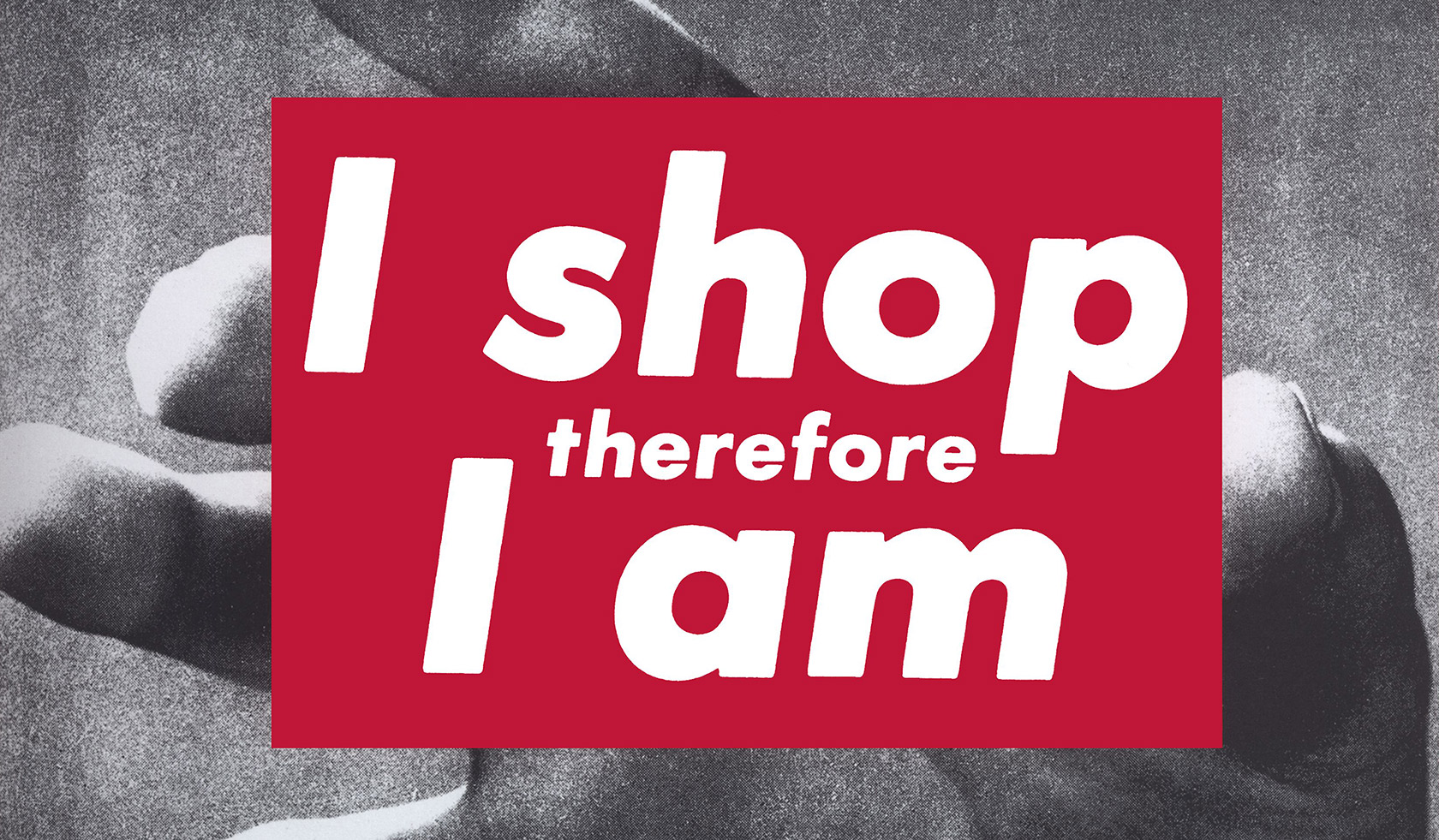 A bold social commentary since the 1970s, Barbara Kruger’s art is as incisive as ever
A bold social commentary since the 1970s, Barbara Kruger’s art is as incisive as everFor our December 2010 Entertaining Issue (W*141), we sat down with American conceptual artist Barbara Kruger to discuss message-making, the art market, and her agitprop commentaries on gender, race, consumerism, identity and more
By Mayer Rus
-
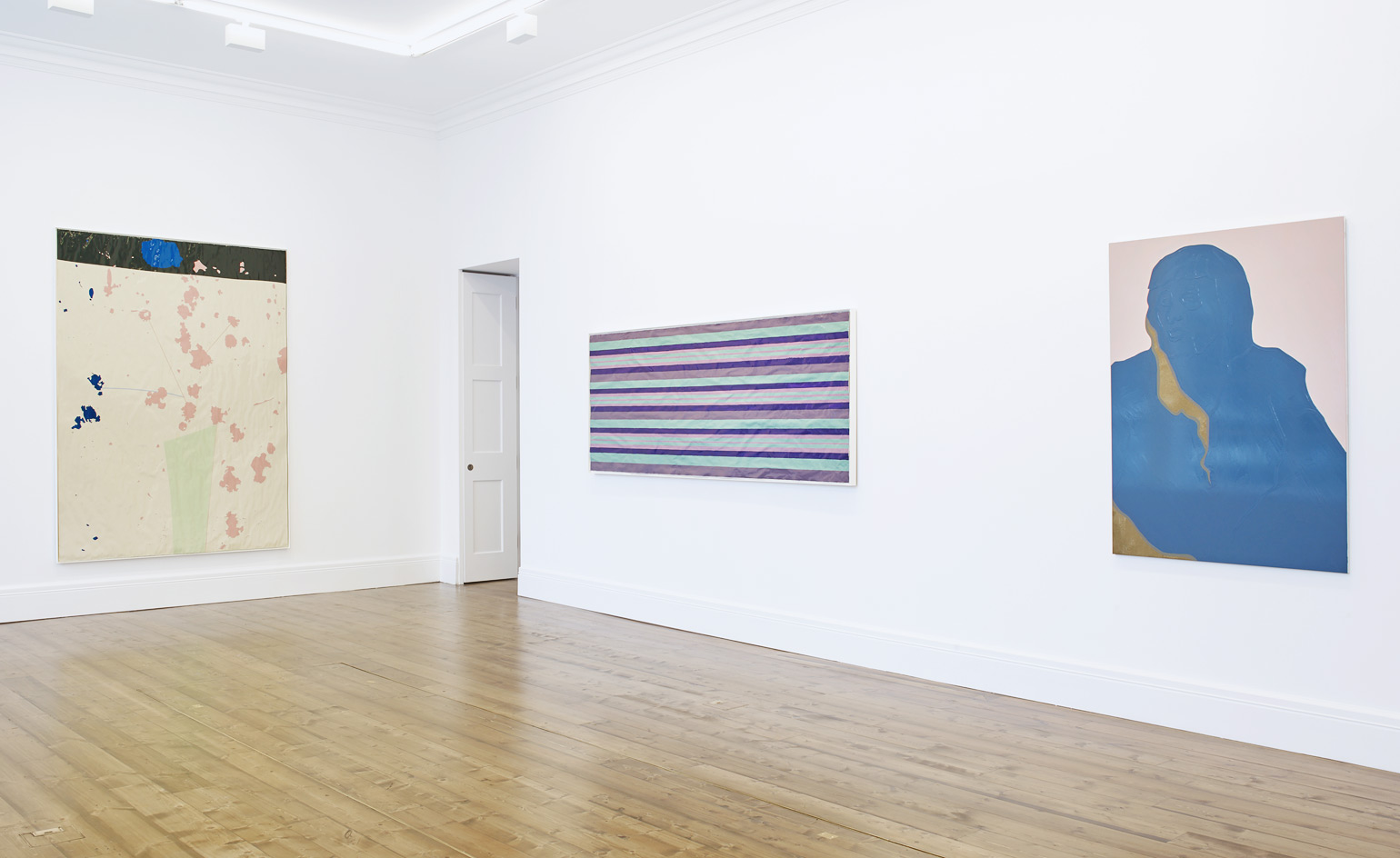 Gary Hume keeps it in the family at Sprüth Magers’ newly revamped London gallery
Gary Hume keeps it in the family at Sprüth Magers’ newly revamped London galleryBy Charlotte Jansen
-
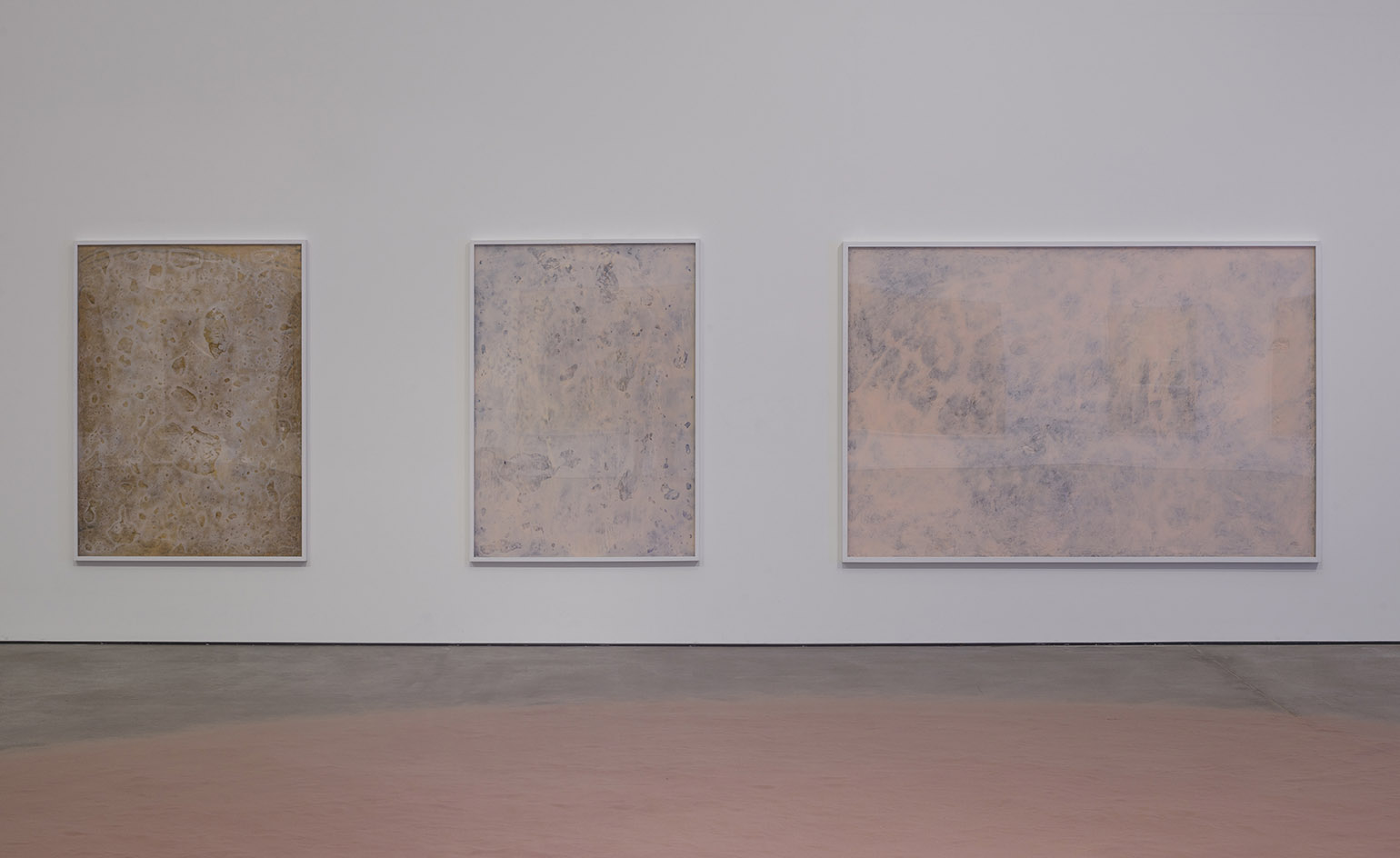 Common scents: Pamela Rosenkranz’s latest exhibition is right on the nose
Common scents: Pamela Rosenkranz’s latest exhibition is right on the noseBy Charlotte Jansen
-
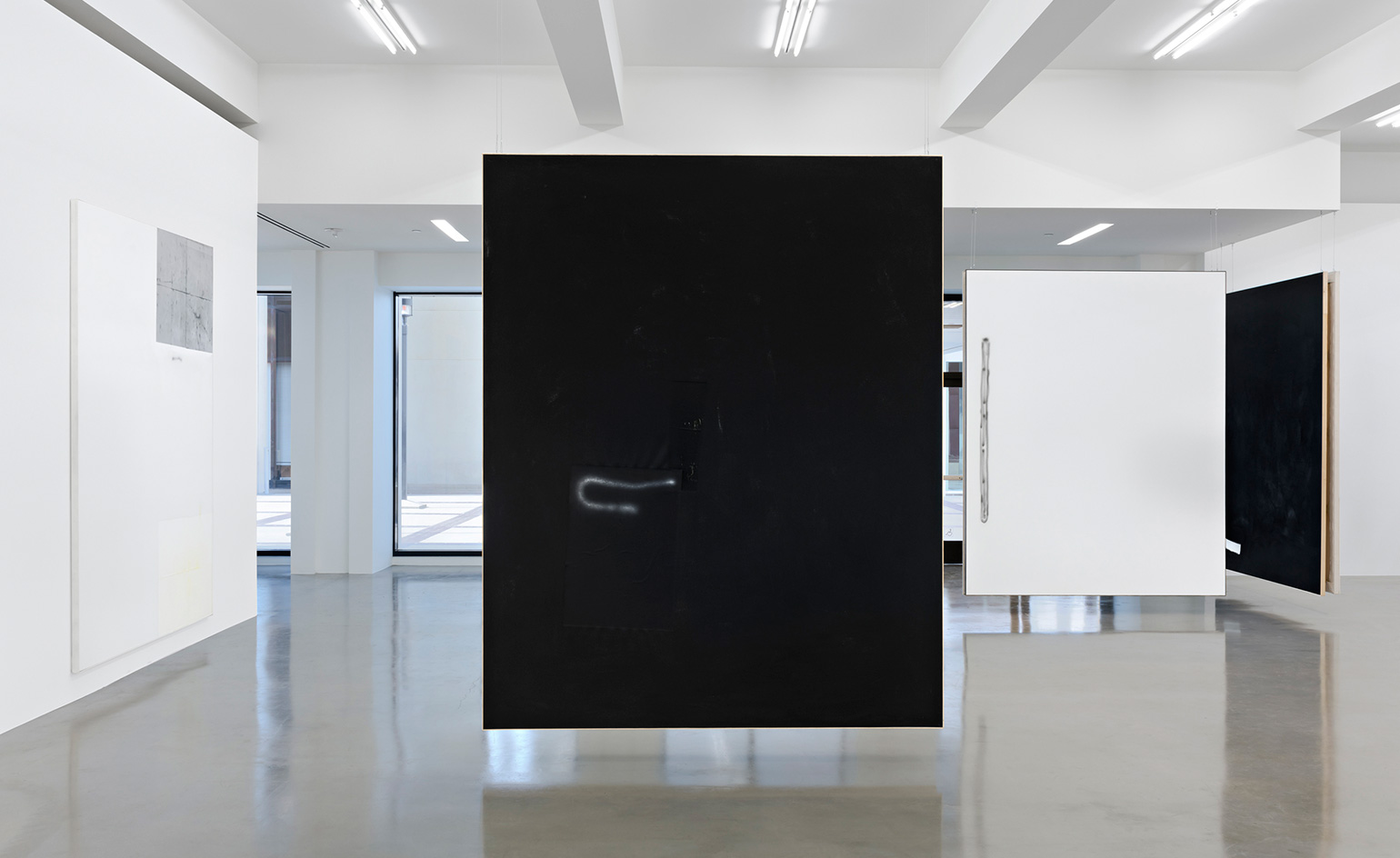 Michail Pirgelis and David Ostrowski's visual affinities come into focus
Michail Pirgelis and David Ostrowski's visual affinities come into focusBy Elly Parsons